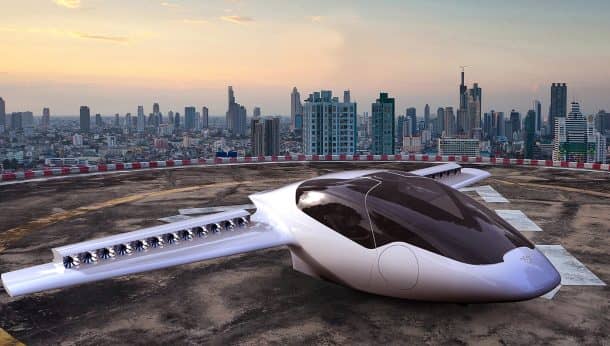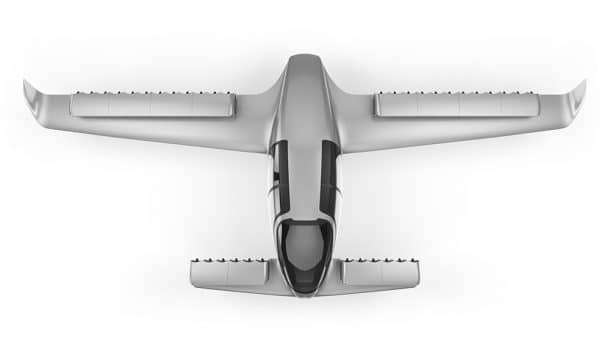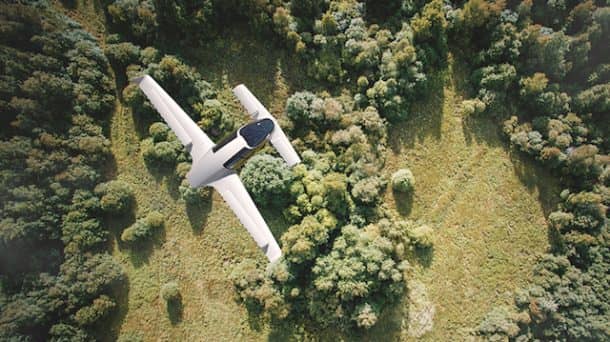Ever since the Wright brothers made their first successful flight, humans have been dreaming of flying in the skies on personal vehicles. The futuristic life of the Jetsons does not look too far ahead in the future as tech giants like Google, Airbus, Uber, and countless other startups make attempts for flying personal use vehicles. As Dubai announced the use of flying EHang taxis by this summer, the future seems even closer now. The only thing that was missing from the Jetson-style travel vehicles is the vertical take-off and landing (VTOL). Lilium Aviation, A Munich-based startup revealed the first ever all-electric vertical take-off and landing jet and announced the successful completion of the first flight test.
The Lilium jet can take off vertically without the need for a runway, offering a range of 300 km (186 miles). This can get you from London to Paris in just an hour with the speed of 300 km/h (186 miles/h). The biggest limitation to flying vehicles is their need for extended spans of land to serve as runways. Since the VTOL vehicles solve this problem, it not hard to imagine that these might become a standard mode of transport sometime in the future.
The tested prototype is a two-seater lightweight craft that is powered by 36 electric jet engines that are mounted on the wings with 12 moveable flaps. Future plans call for a five-seater version as well.
The company claims that the jet is the first electric aircraft that has the capability of a jet-powered flight along with the VTOL capability. The craft uses its wings for the lift and consumes 90% less energy than the drone-style aircraft. This significantly adds to its range and speed capabilities making the consumption of the craft to only be as much as an electric car. Even the battery is similar to the Tesla electric cars.
The design uses the principle of “ultra redundancy” making the Lilium jet a safe vehicle that will inform the pilot to land the plane in case of any emergency regardless of its seriousness. The pilot does not need to make any critical decisions about the landing location due to the VTOL tech. Safety of the passengers and the plane will not be compromised in any case.
As of now, the vehicles will not be available for private ownership, as they will form a network of on-demand taxis. Lilium is working to get the flying taxi ecosystem to come to life by 2025, but the first manned flight is not planned any sooner than 2019.
The company will set up a network of landing pads, some on rooftops and some at ground level. These will allow the travelers to get on and get off the taxis. Watch the flight test of the Lilium jet:






